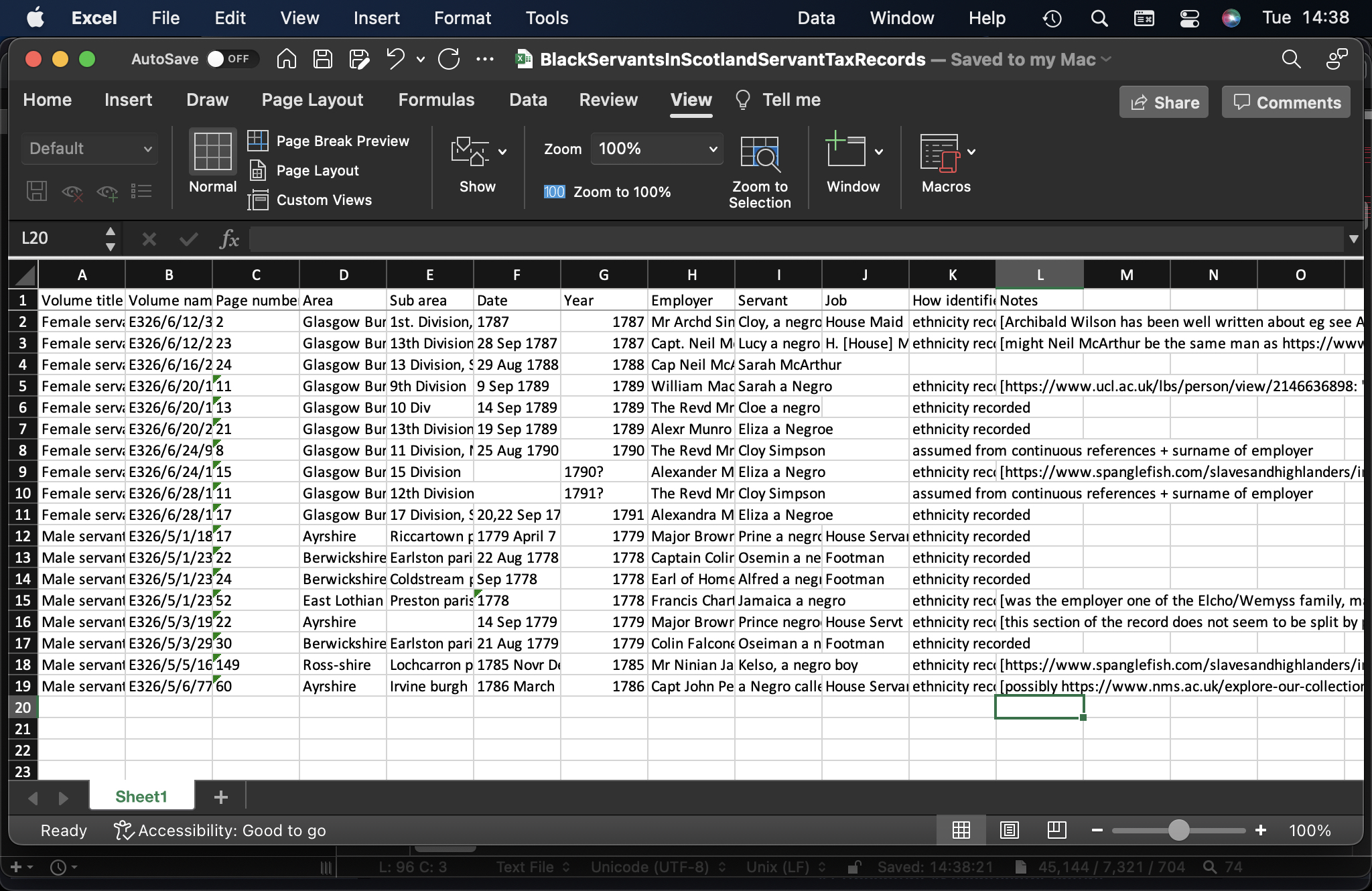Crikey I so wanted to type 2024 there haha!
I've got off to a flying start this year, partly with 2 books that were hang overs from before, but also a quick read for my book club. But then I also quickly read 3 other books that had been hanging around for too long, and I wanted to pass on to charity shops. I'd previously started reading a couple of them.
- An Academy for Liars by Alexis Henderson
- Don't Touch My Hair by Emma Dabiri
- Days at the Morisaki Bookshop by Satoshi Yagisawa
- Egyptian Myths: Meet the Gods, Goddesses, and Pharaohs of Ancient Egypt by Jean Menzies
- Tutankhamun: The Treasures of the Tomb by Zahi Hawass
- ABBA: The Treasures by Ingmarie Halling and Carl Magnus Palm
An Academy for Liars is a dark academia book, with rather a lot of violence and gore added to the mix. It was ok, but I had to push to keep reading it to the end. 3/5 stars.
Don't Touch My Hair by Emma Dabiri was an incredible insight into the experience and history of black hair. A strong 4/5 stars.
Days at the Morisaki Bookshop was another 3/5 star read for me. Ok, mostly, but a rather odd writing style, and an unexpected and lengthy shift away from the cosy bookshop setting mid way through. 3/5 stars.
Egyptian Myths by classical historian and YouTuber Jean Menzies was an entertaining and informative text, full of striking large format illustrations from Katie Ponder. I did find the order and structure a little confusing in places, but I learned a lot. 4/5 stars.
Tutankhamun: The Treasures of the Tomb is a large format coffee table book, filled with huge photographs and details of many hundreds of items from Tutankhamun's tomb. The items chosen are a selection carefully curated by Zahi Hawass, and it's not exhaustive. But for what you did get it was jaw dropping, including multi-page folding out large photographs. Both Martin and I were stunned by parts. 5/5 stars.
ABBA: The Treasures is a large format squidgy book telling much of the story of ABBA in photographs, reminiscences, and reproductions of paper ephemera connected with them, tucked into folders inside that you open up and work through the contents of. It's a nice book, but a rather narrow perspective on their life, focusing mainly on some of their 1970s international tours, which one of the authors accompanied them on. I did feel that I was missing out on the wider story. But the folders of paper ephemera were a delight. I was particularly amused by the customs list, for the Australian tour I think, including a "piano accordion". 4/5 stars.

